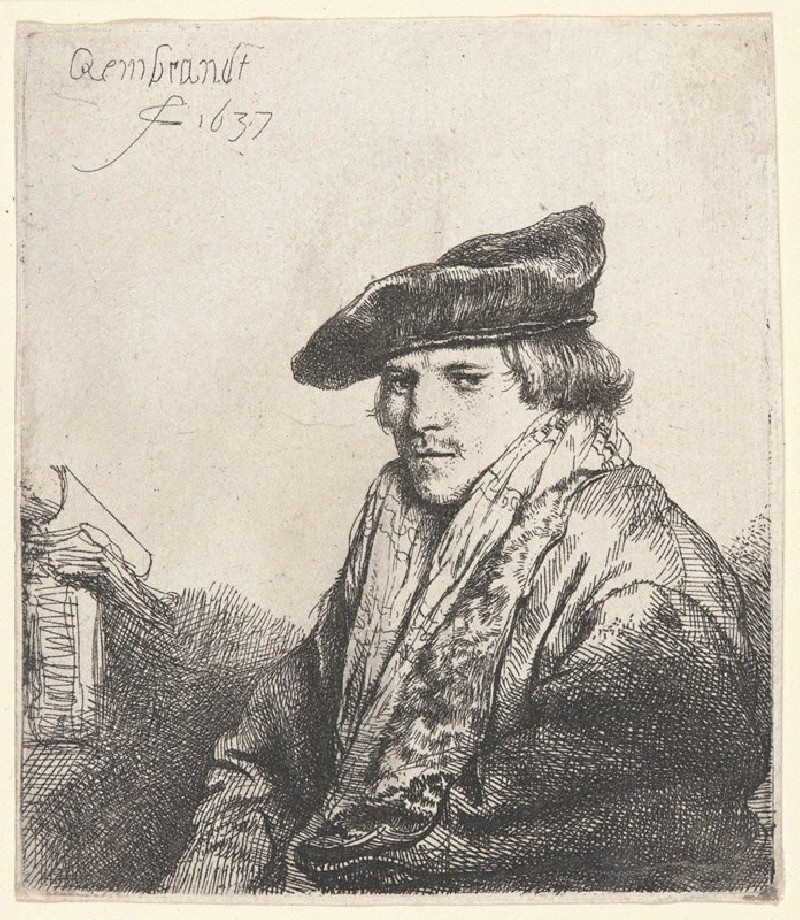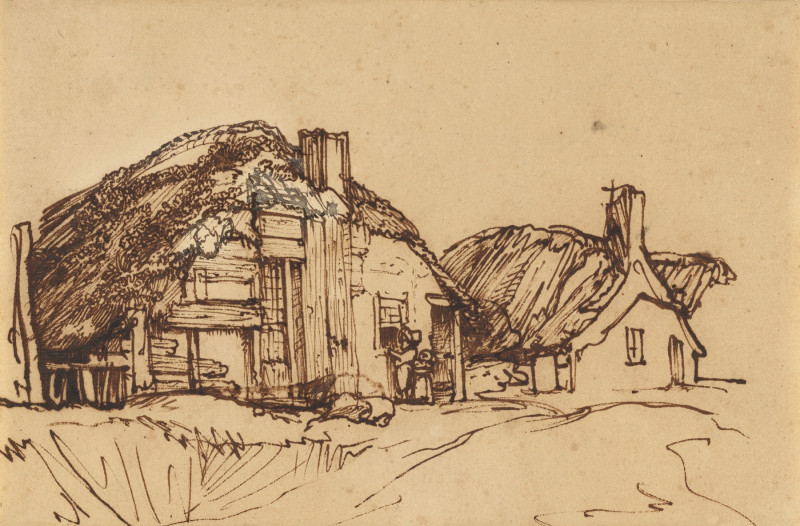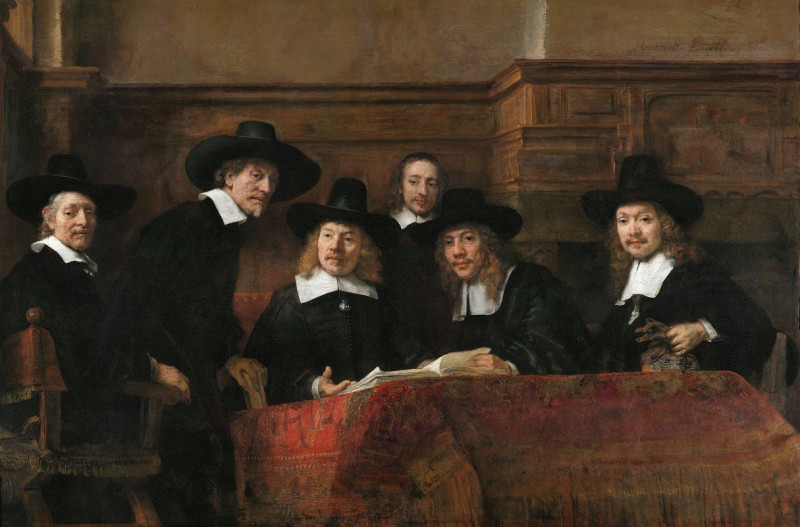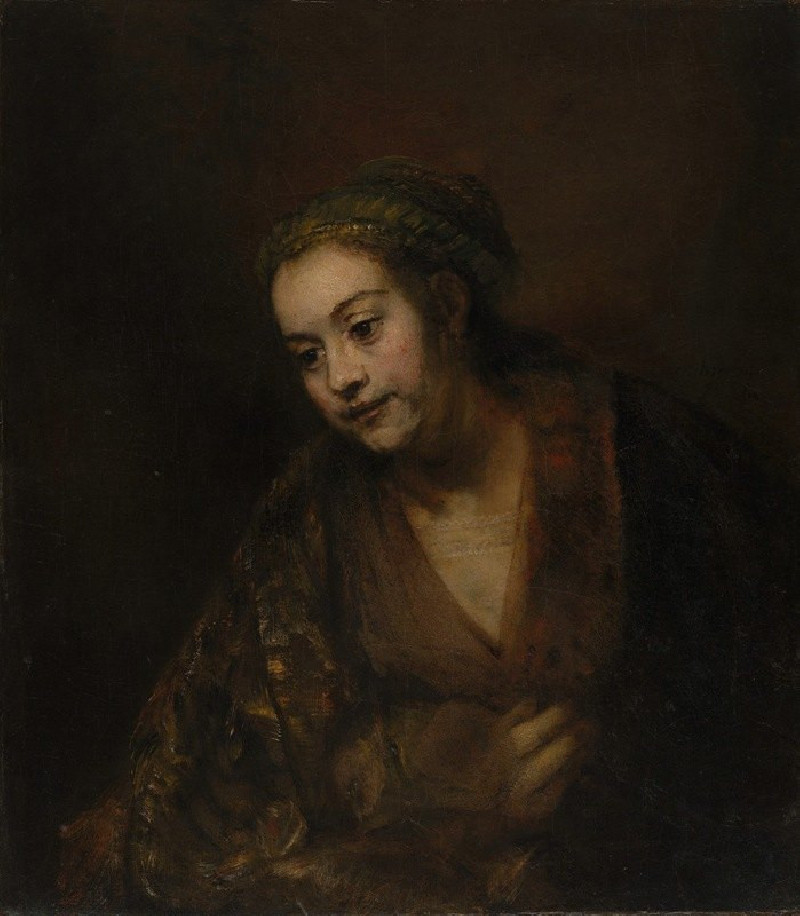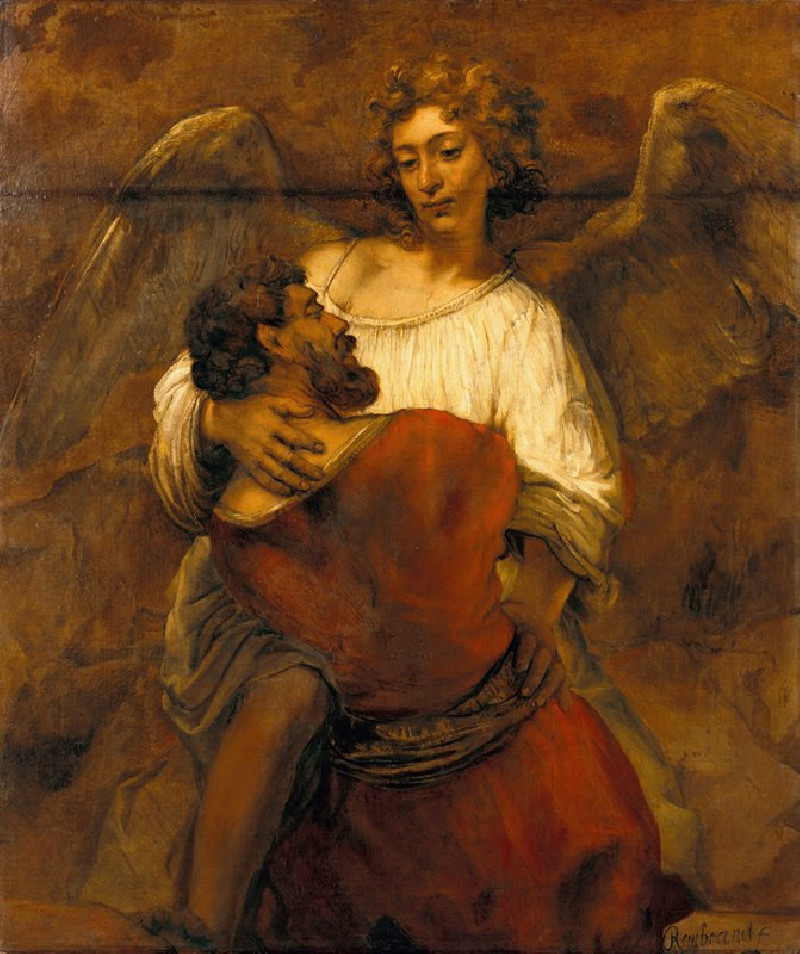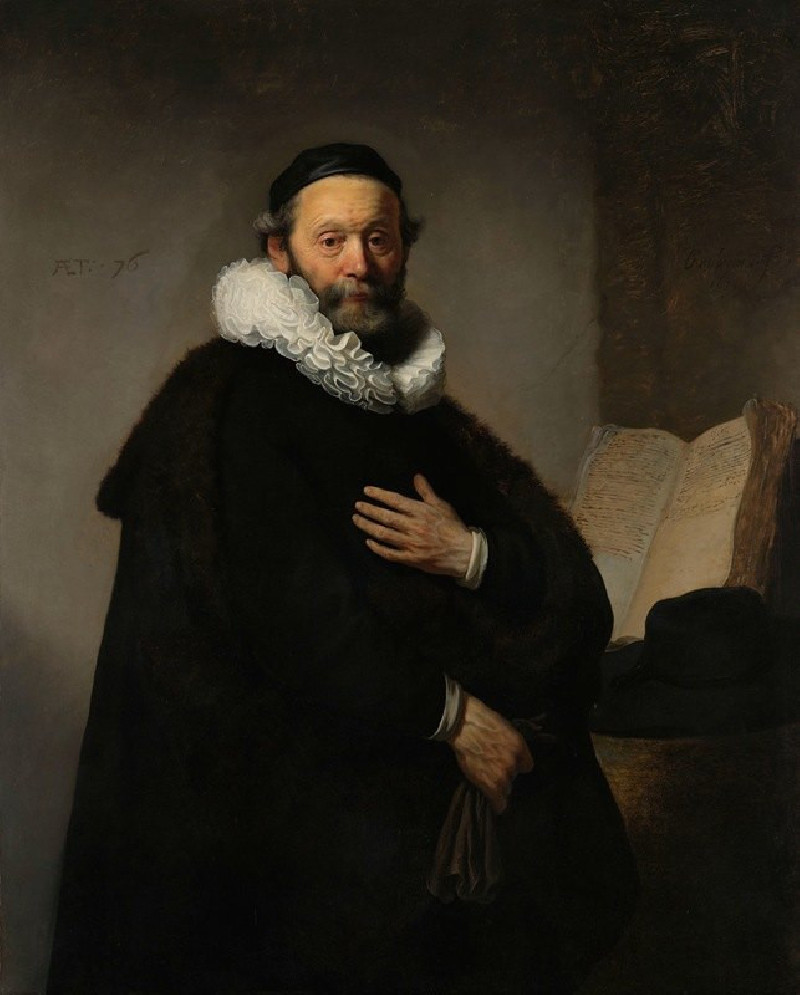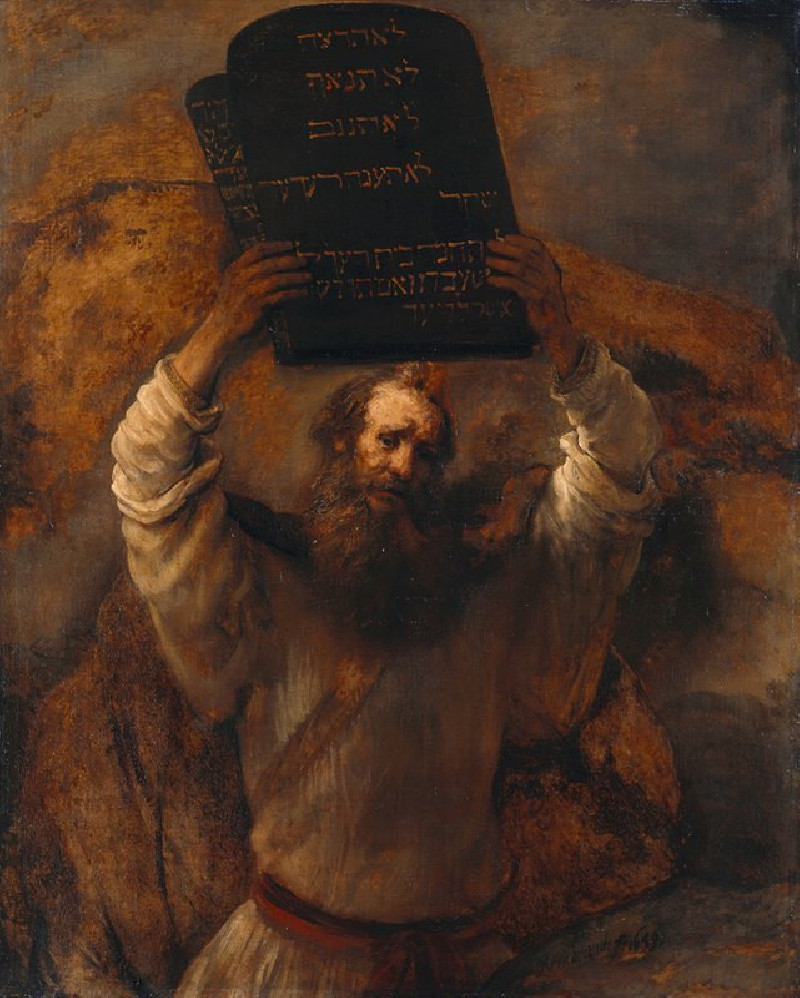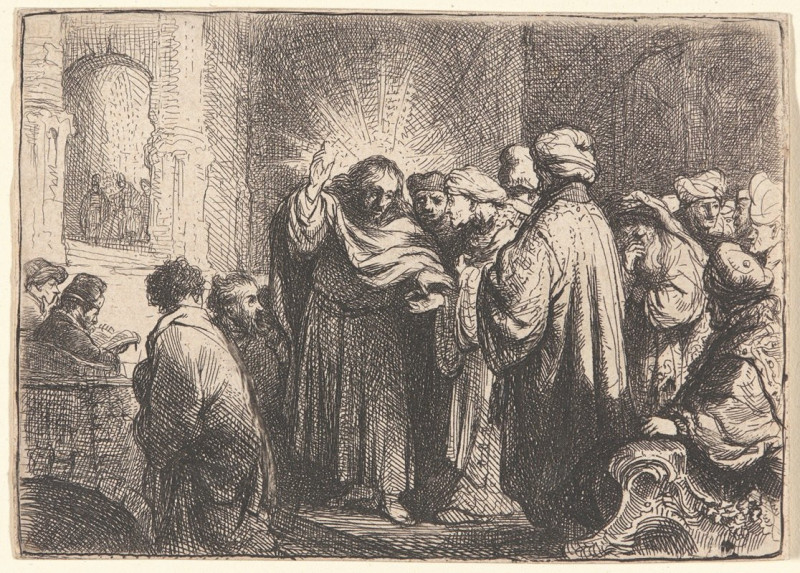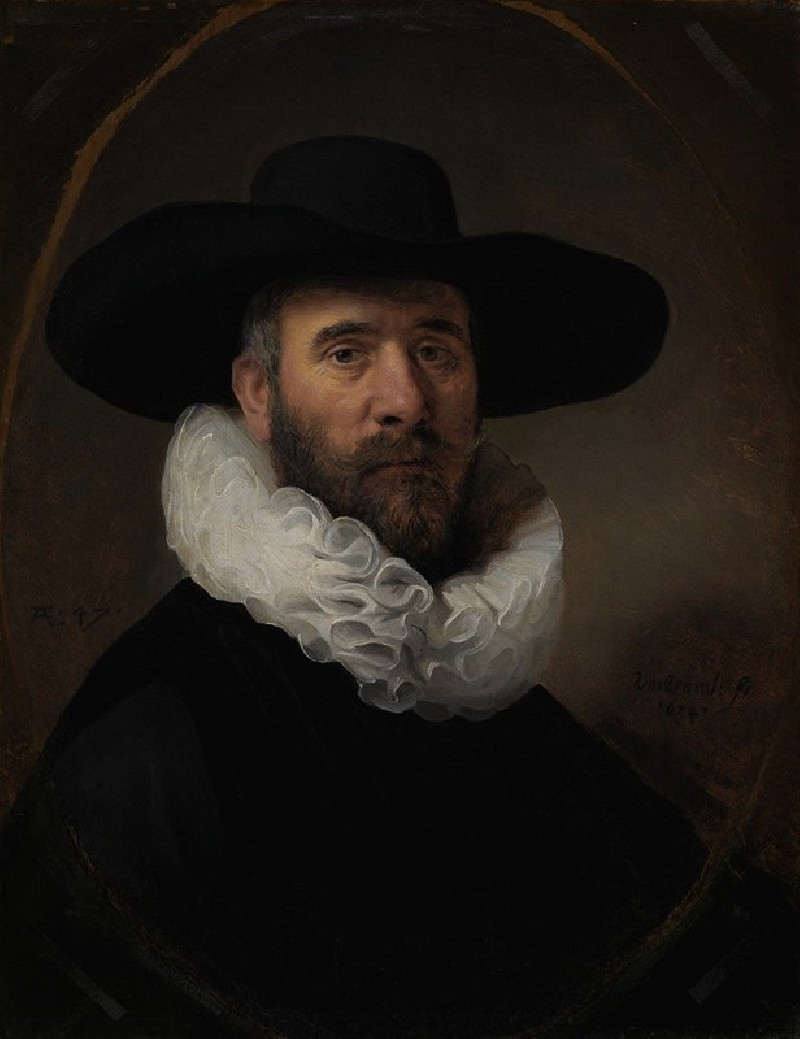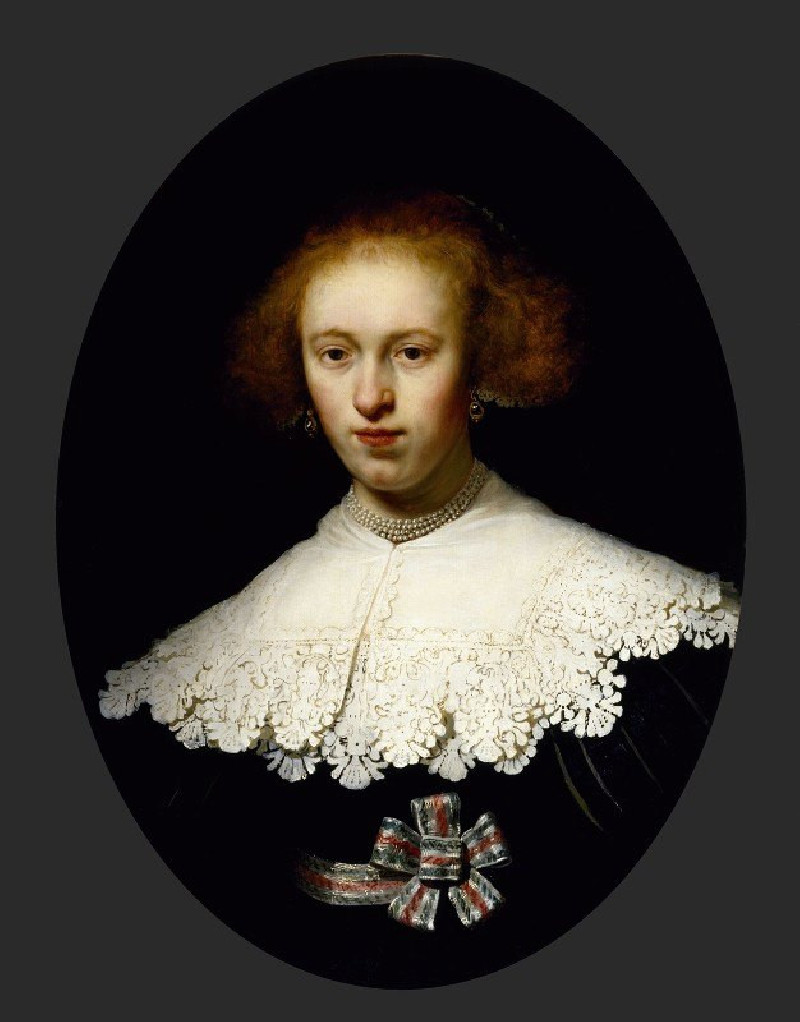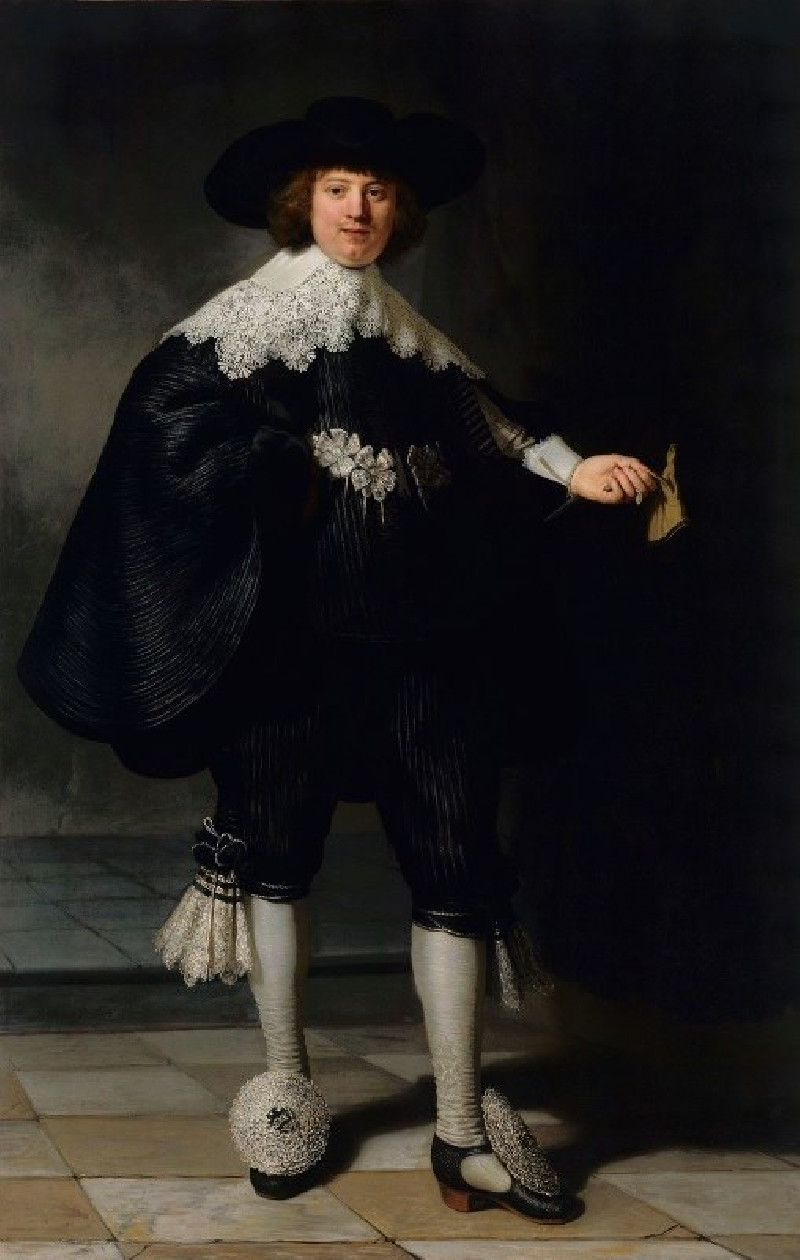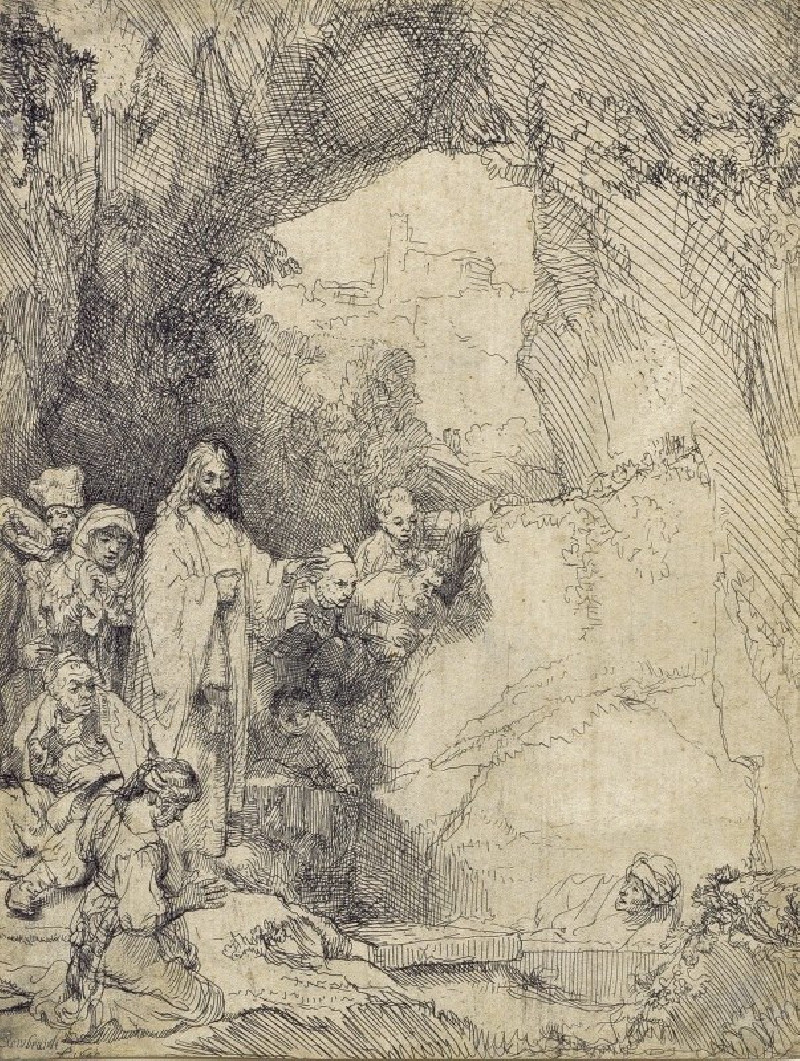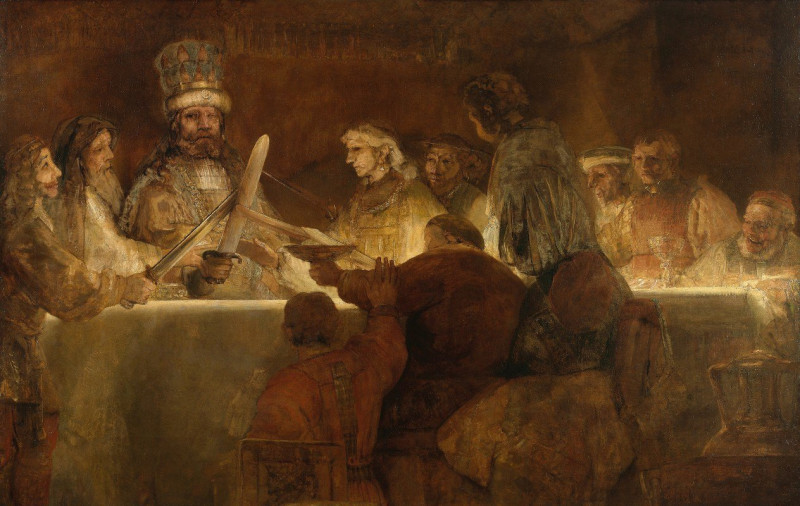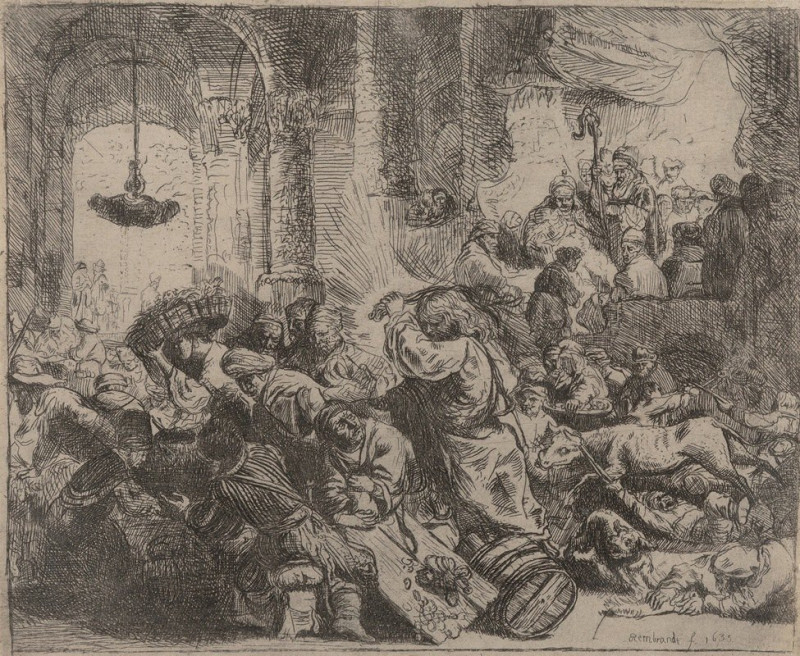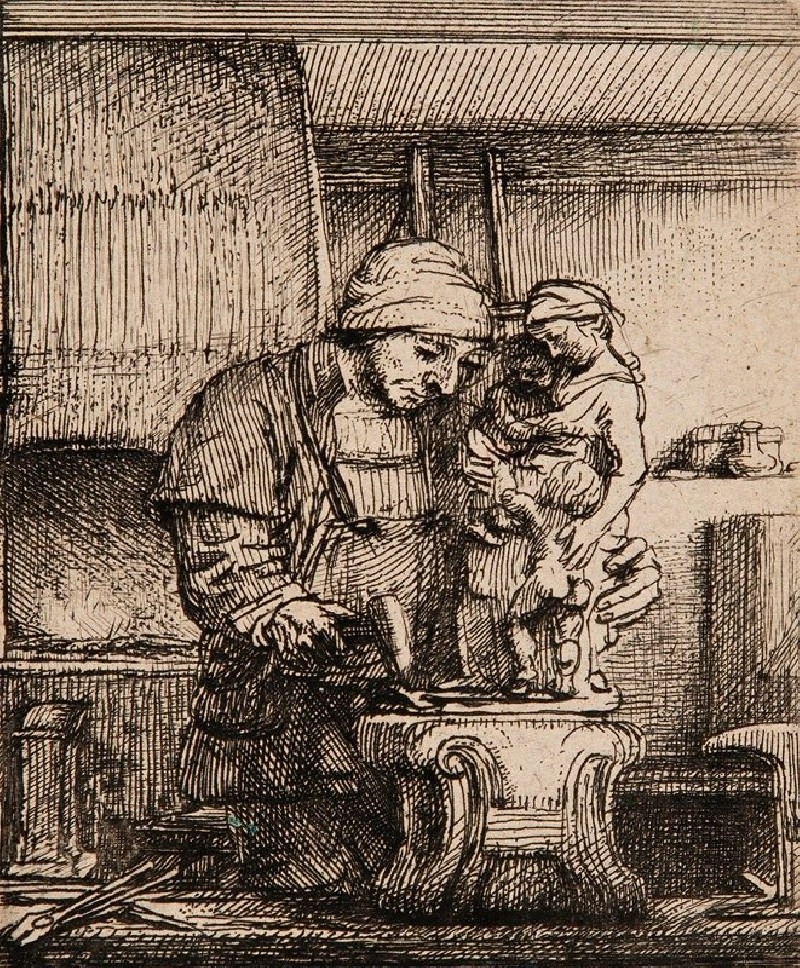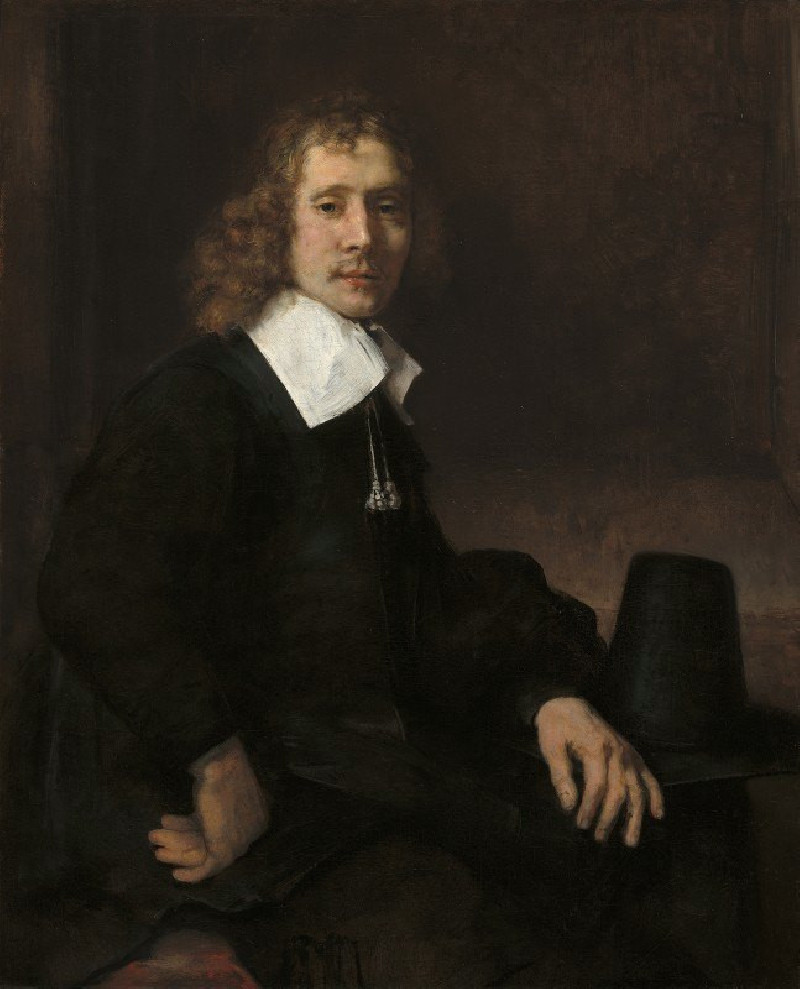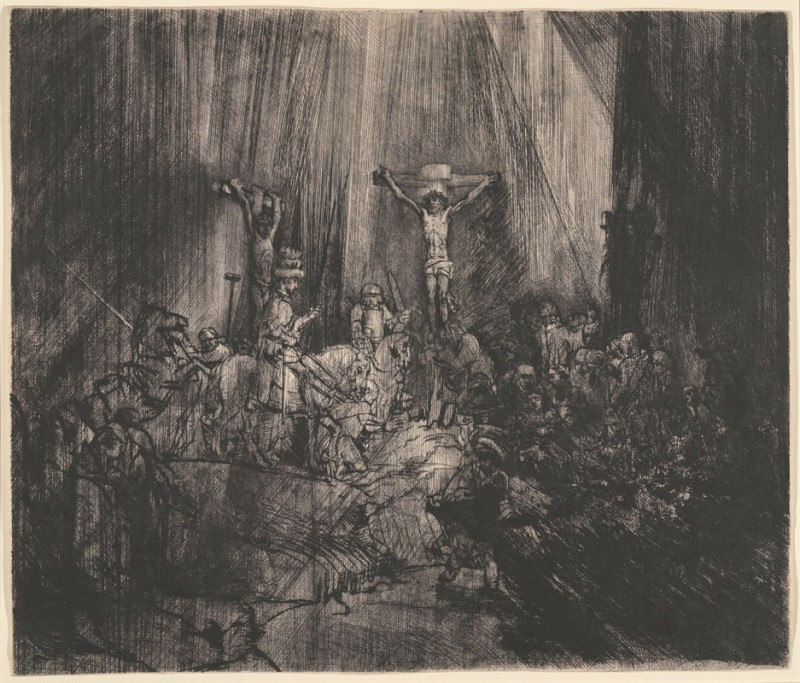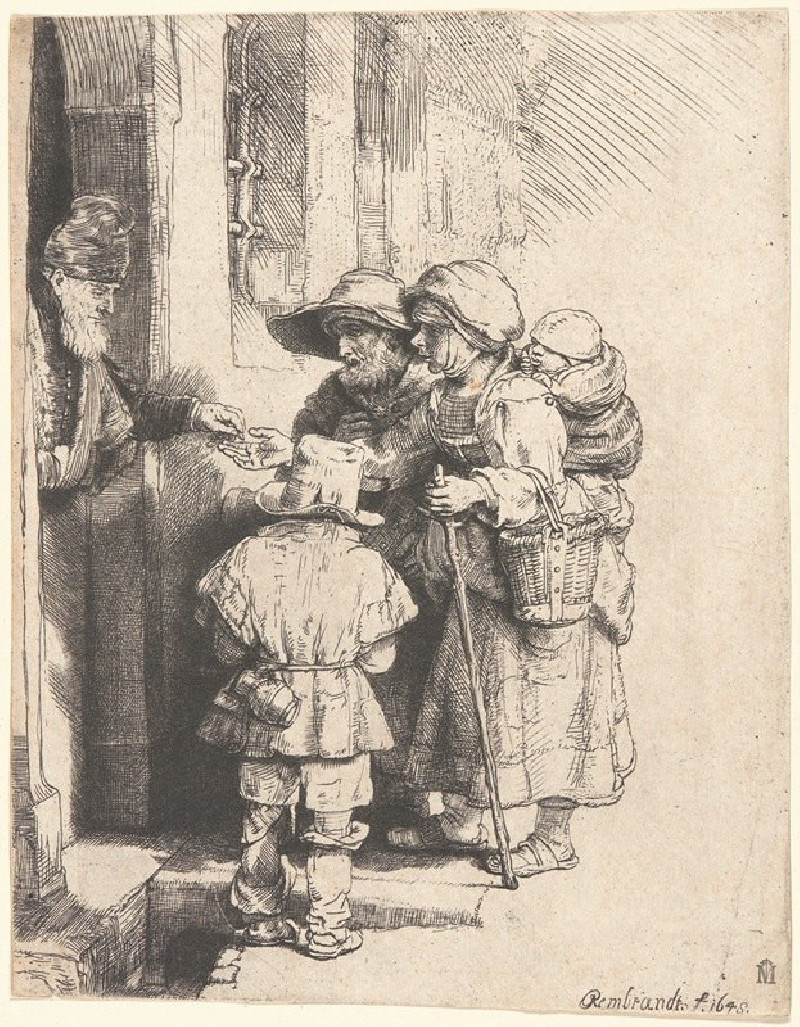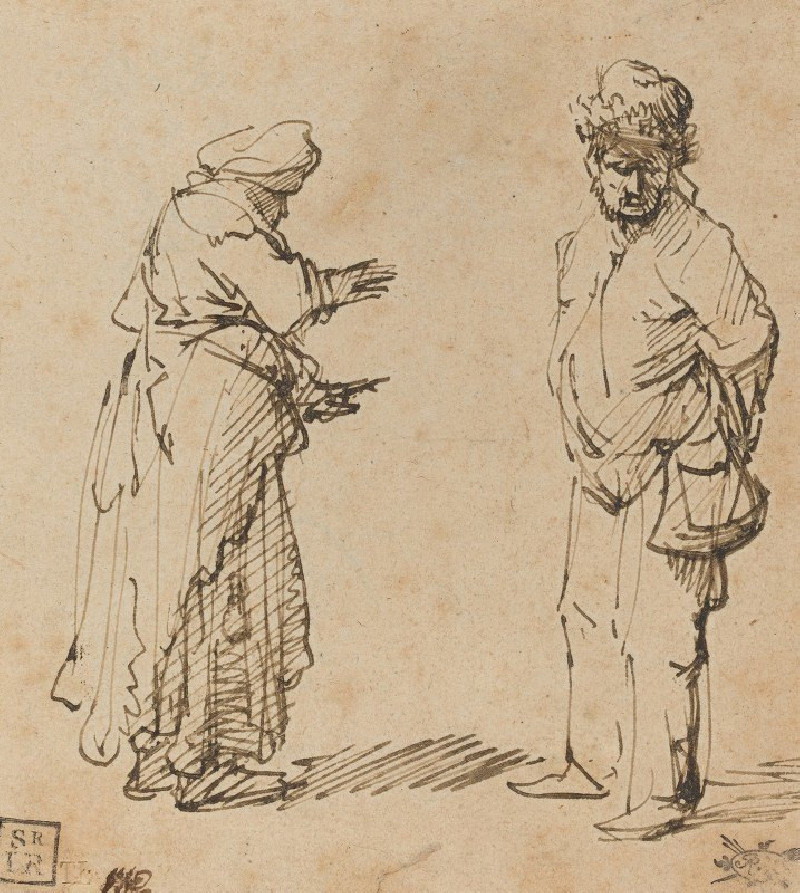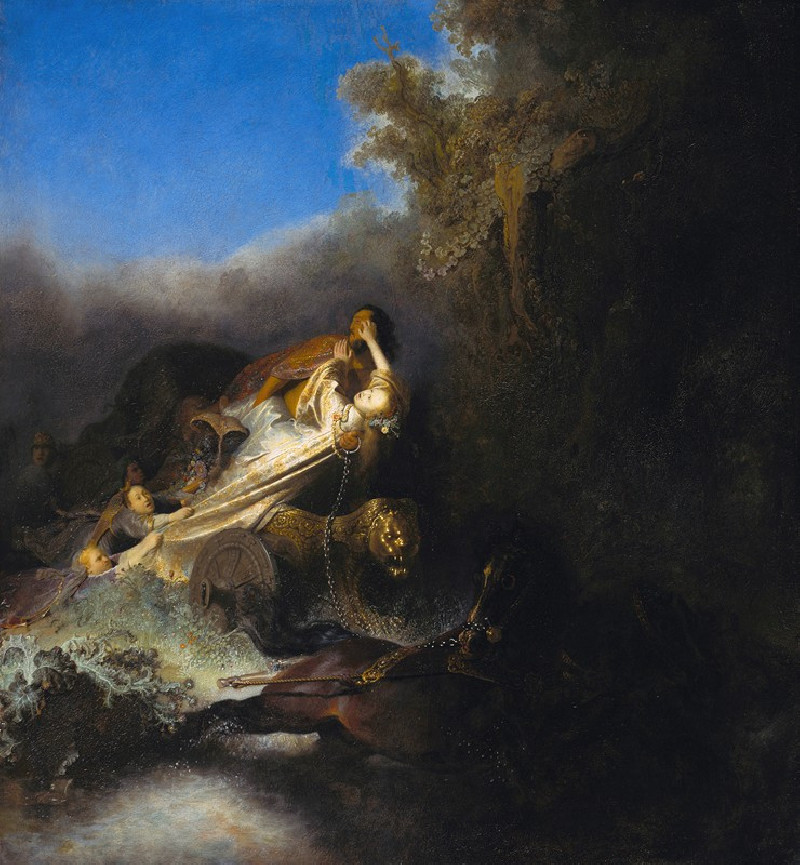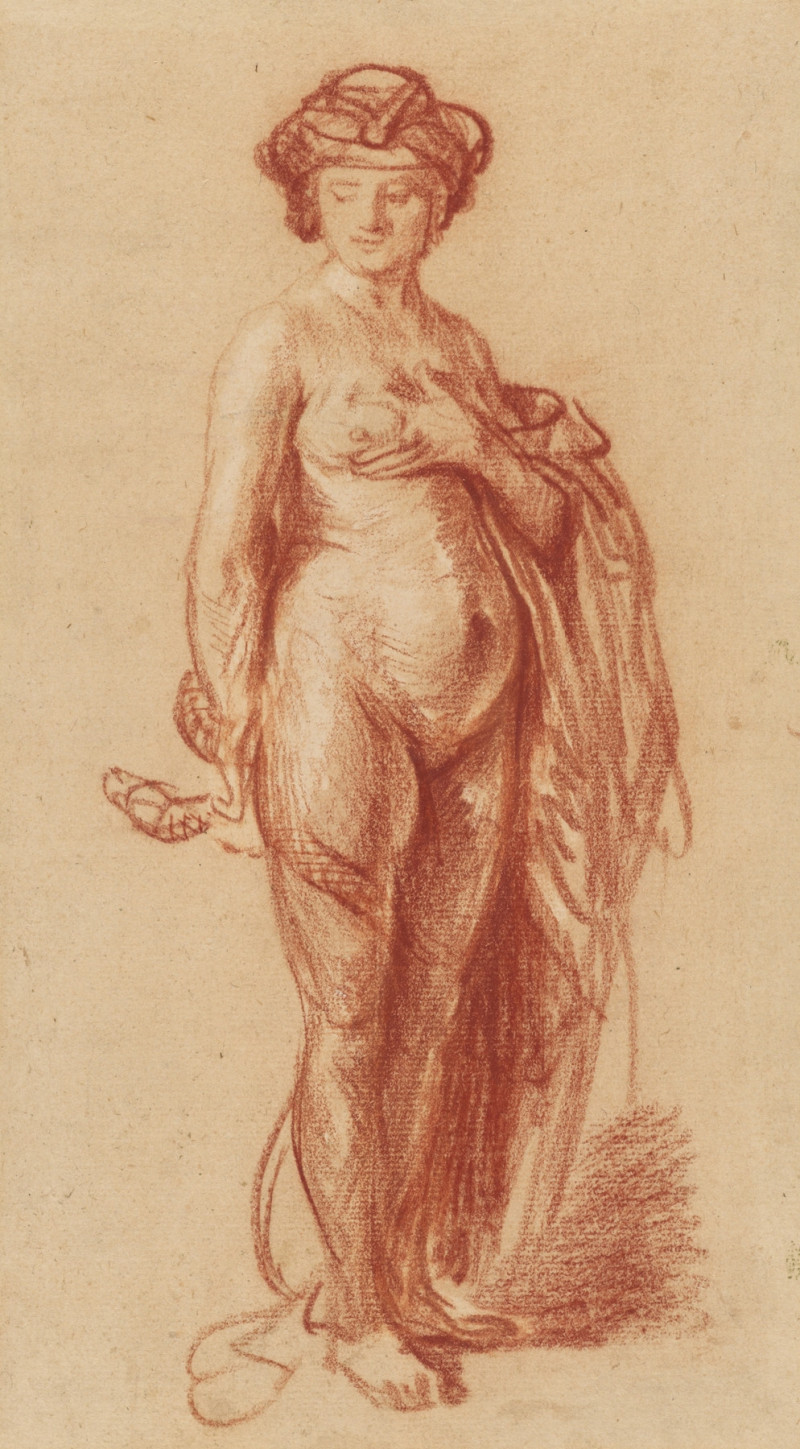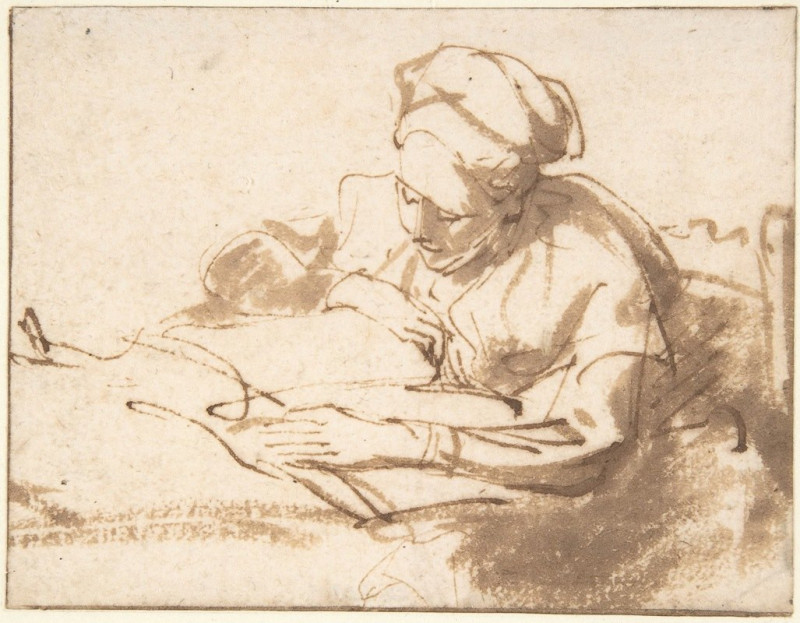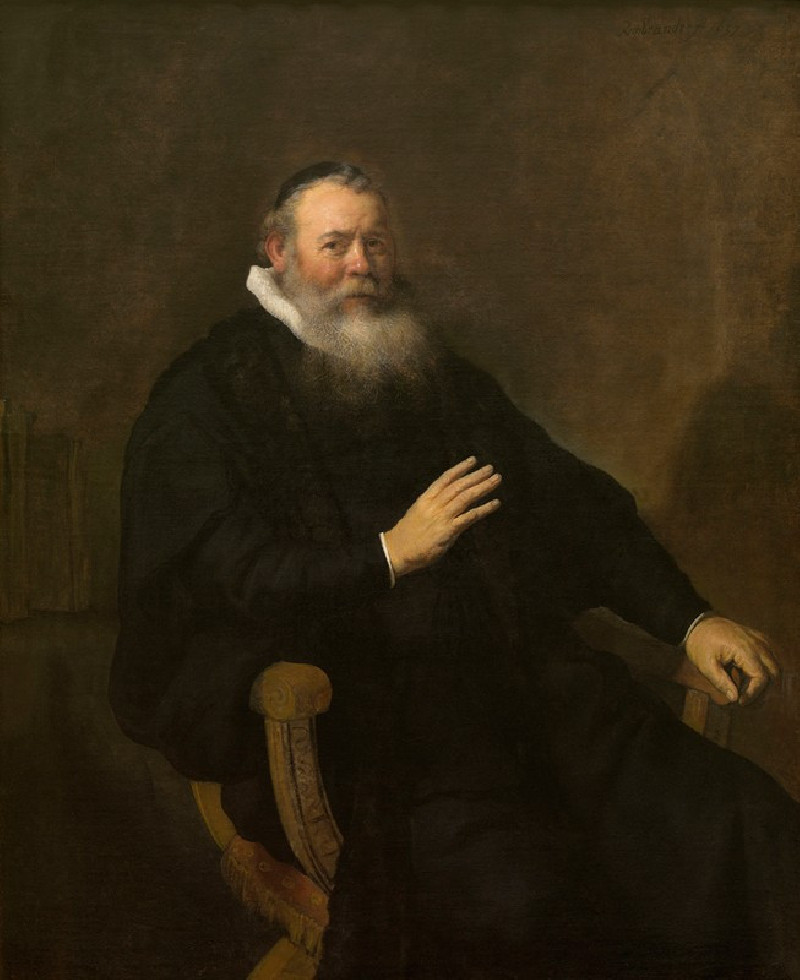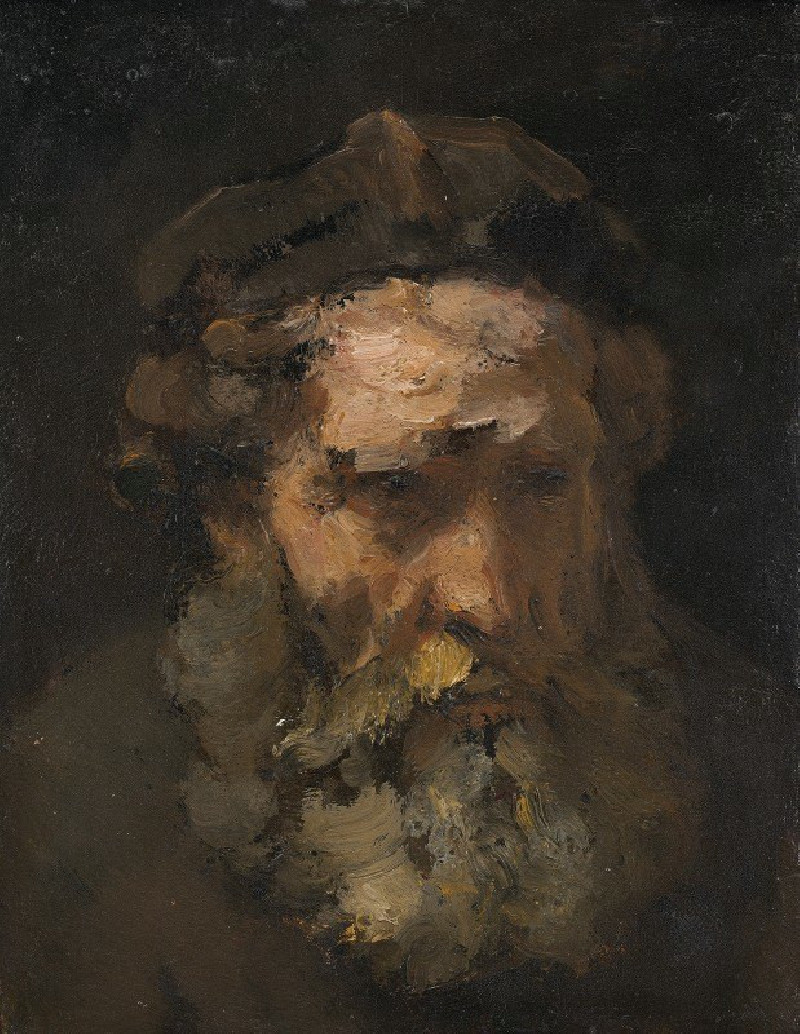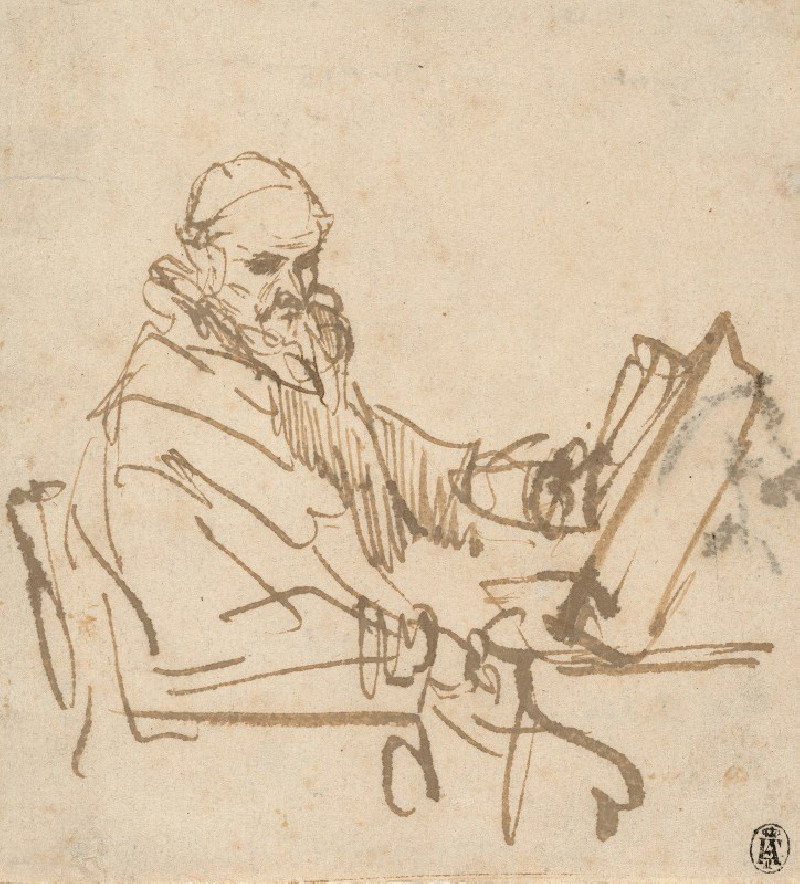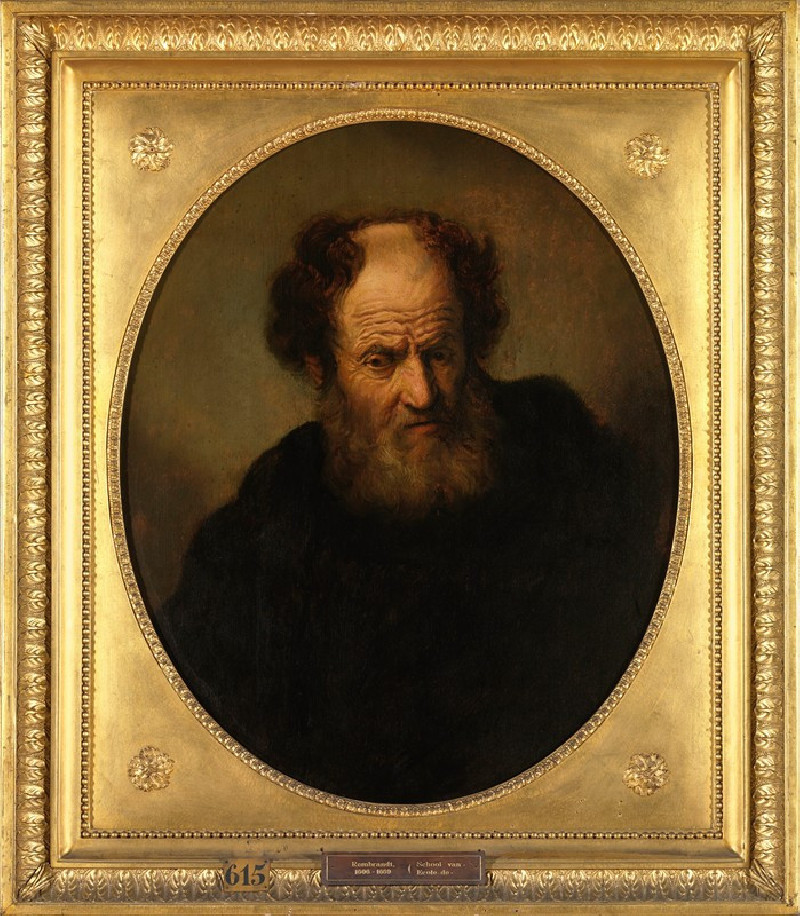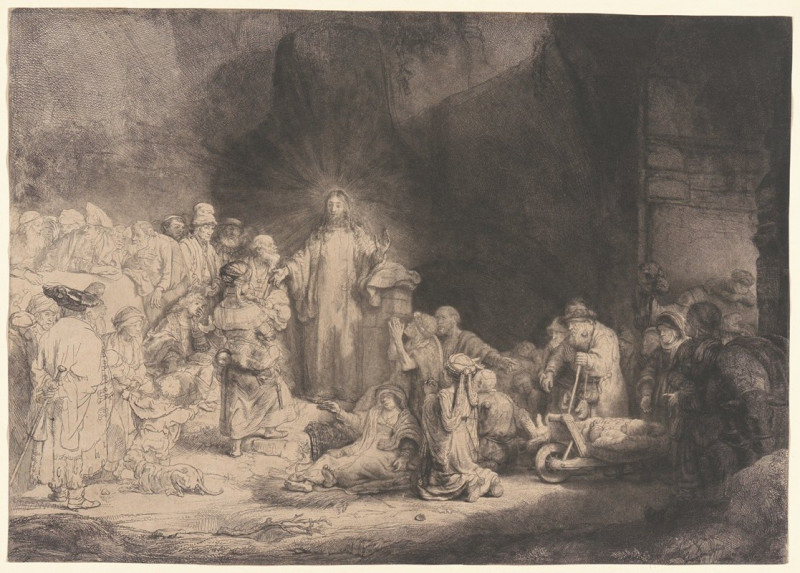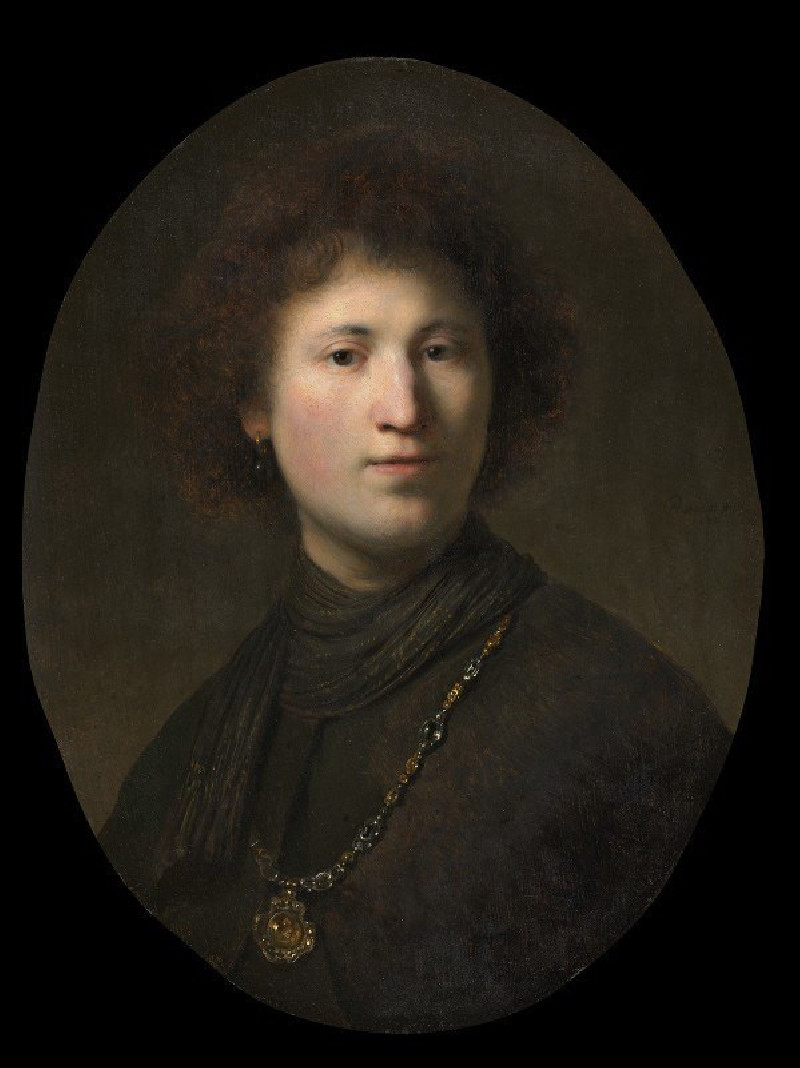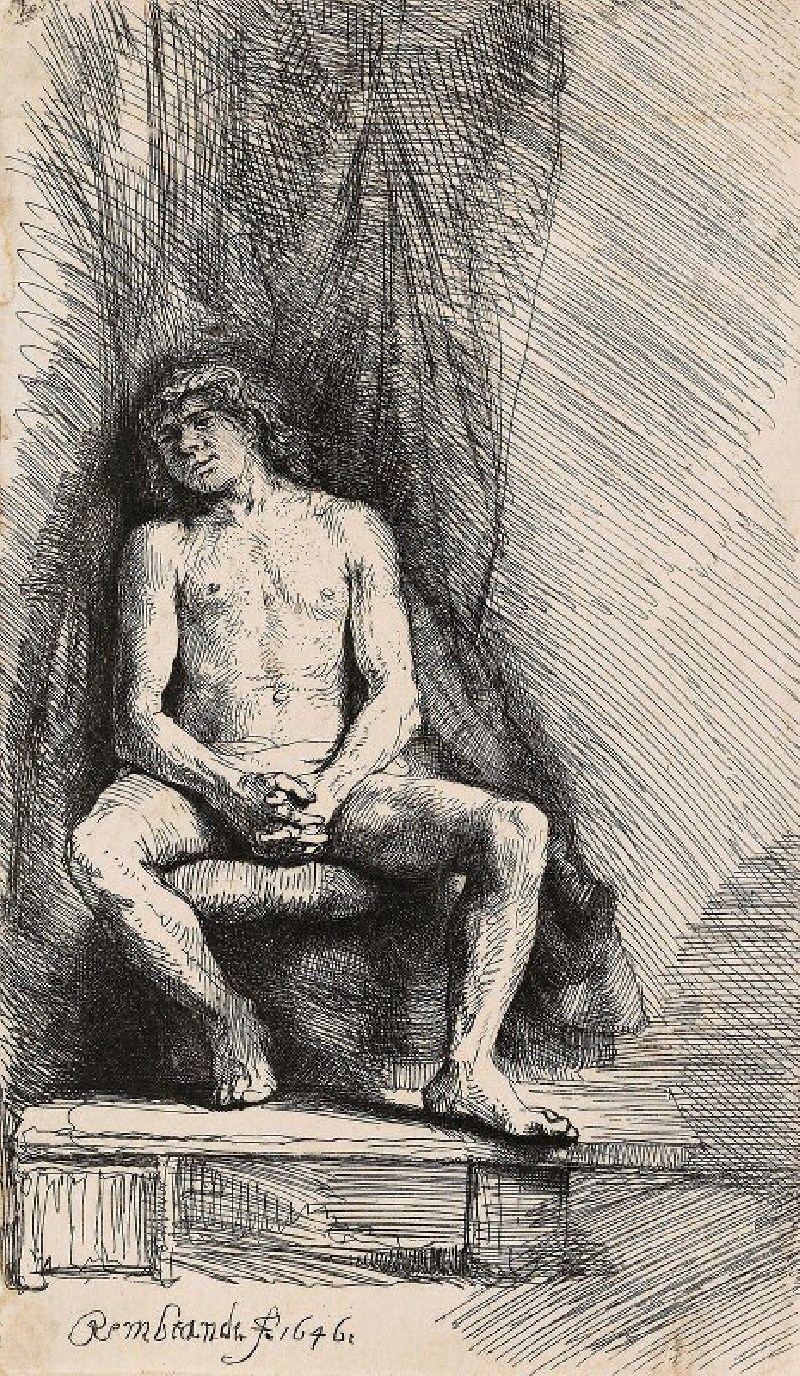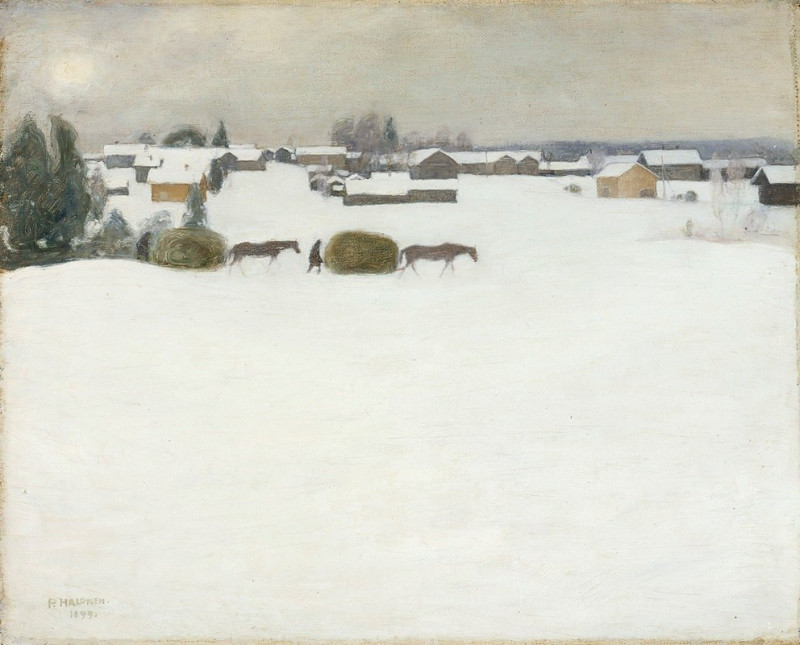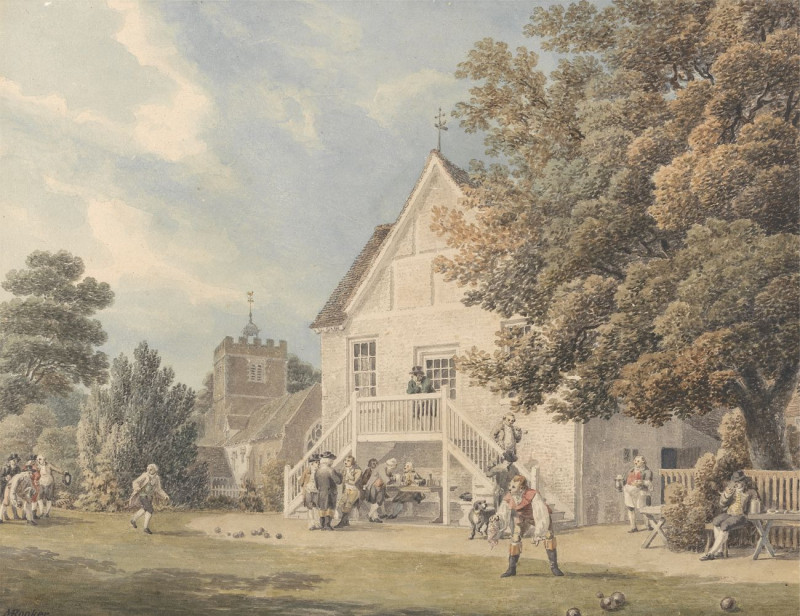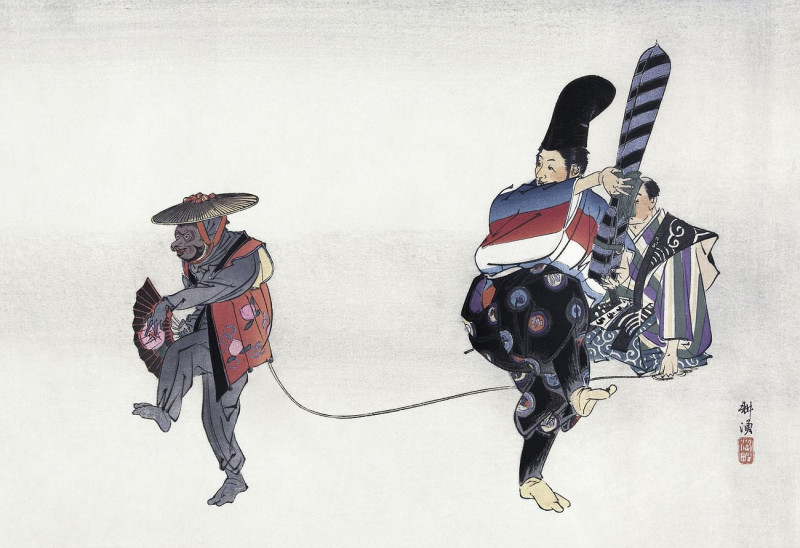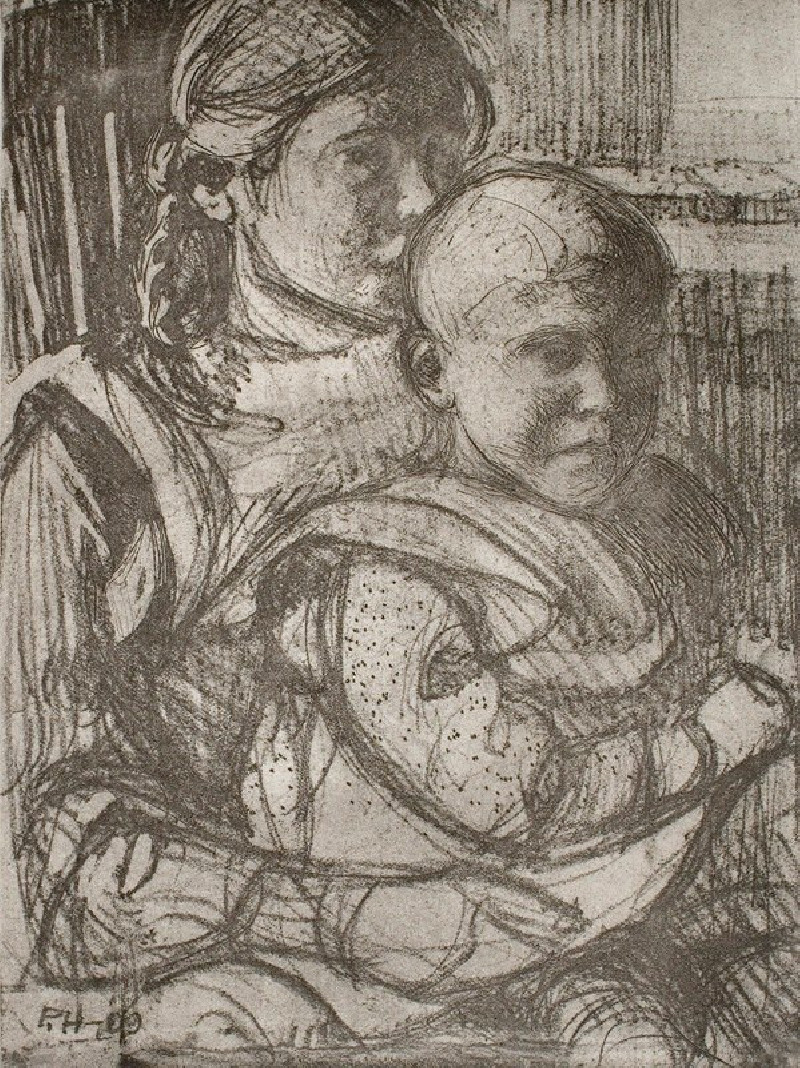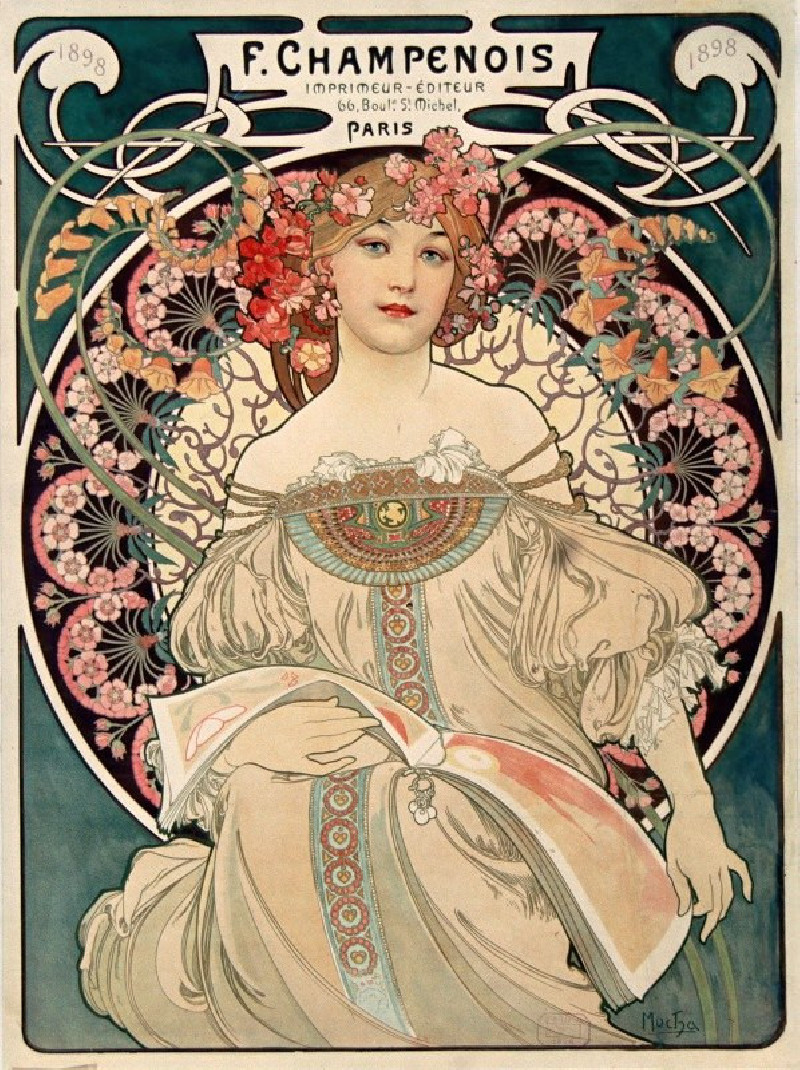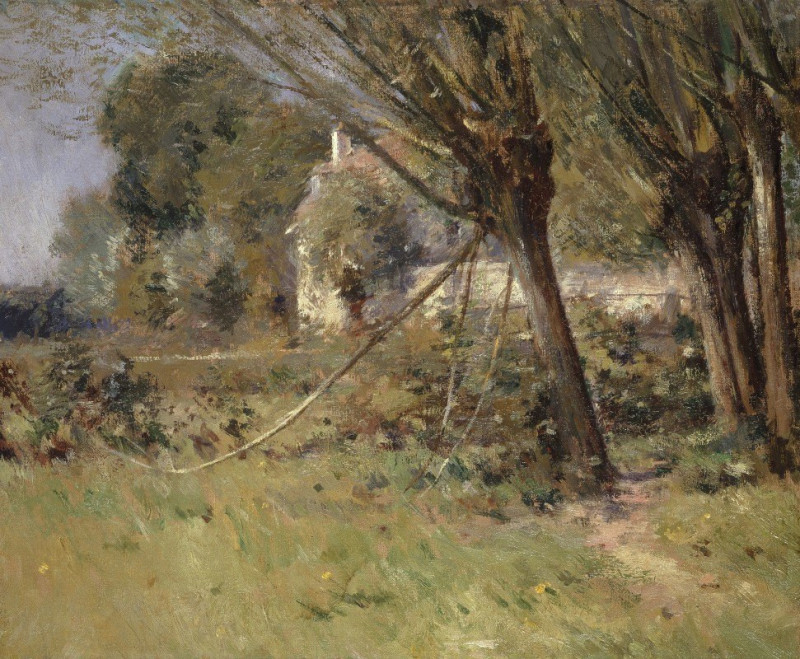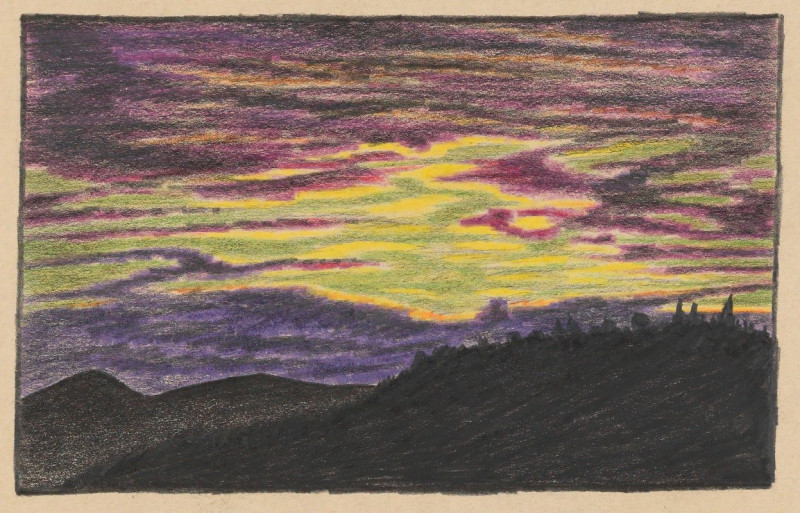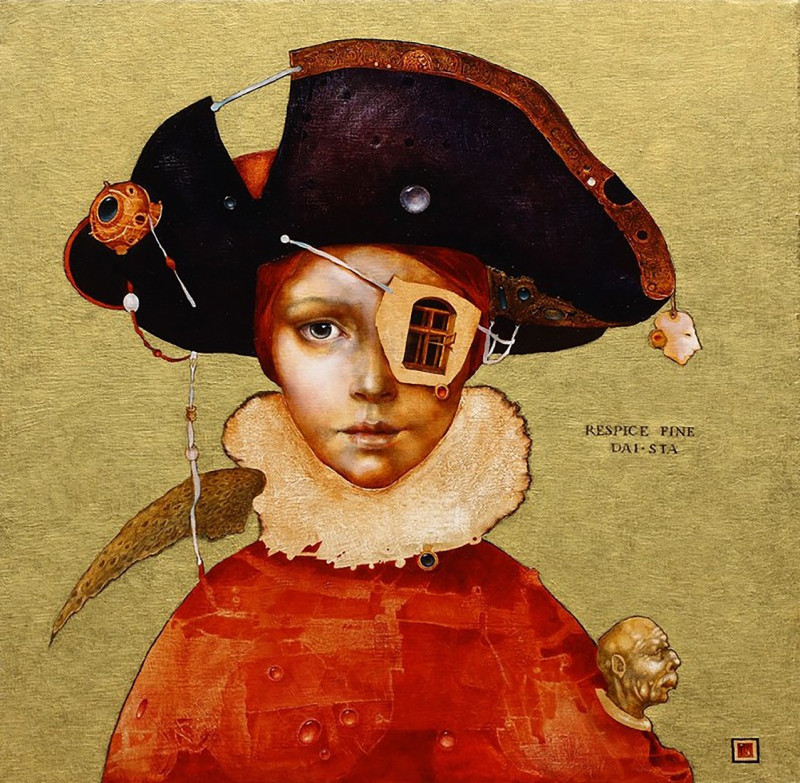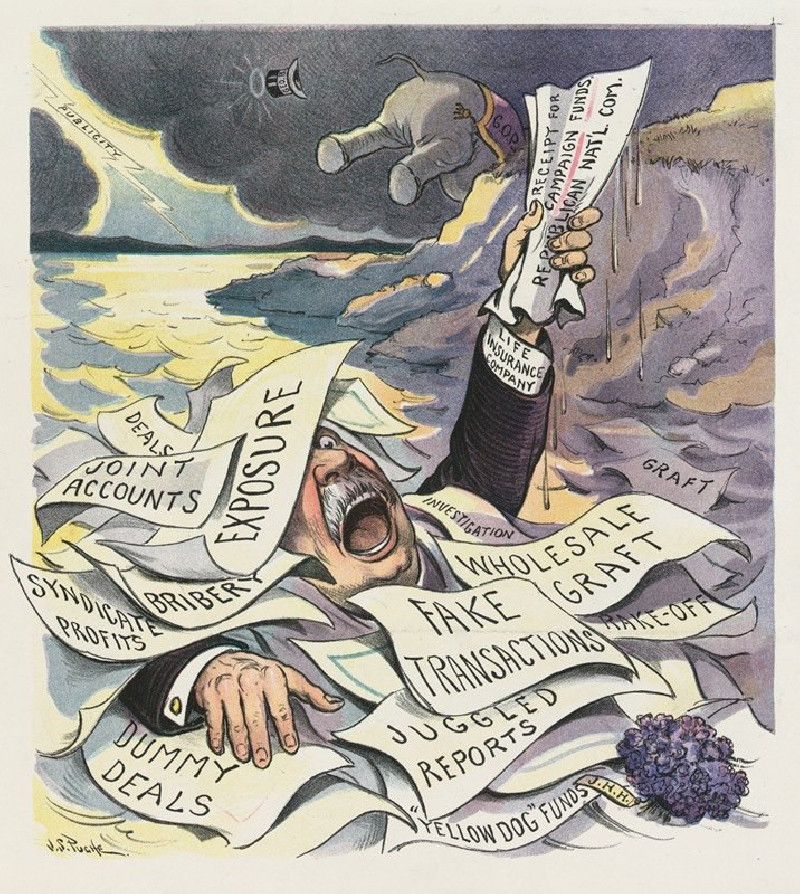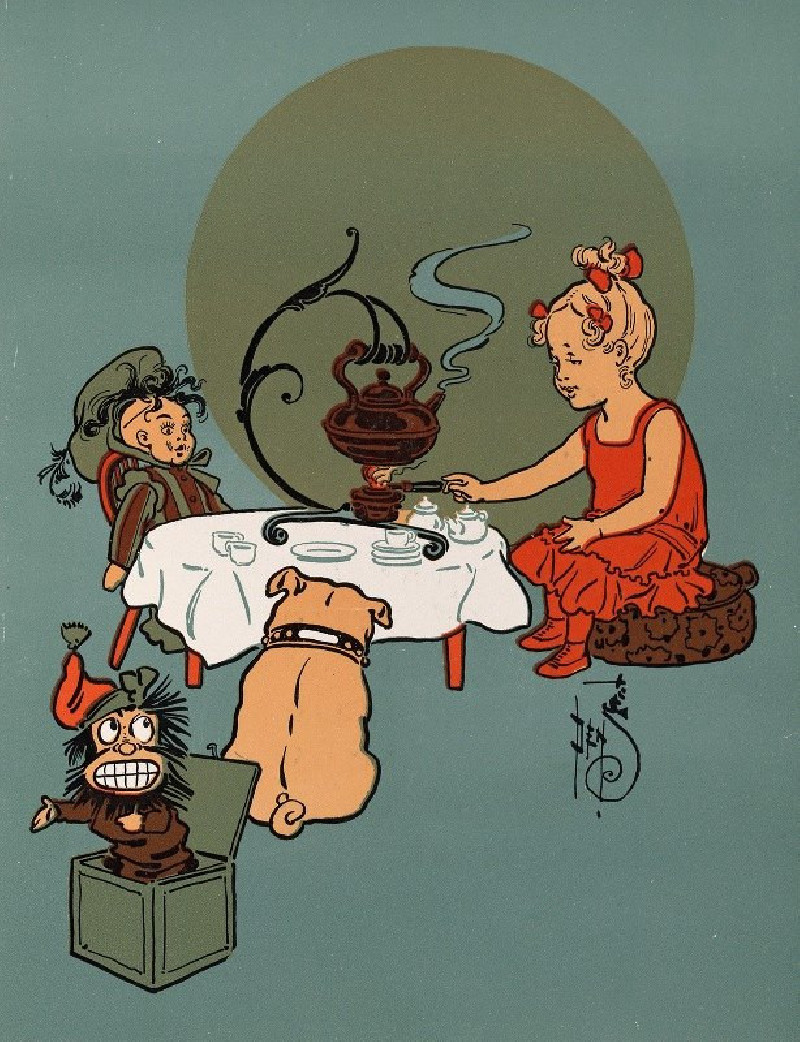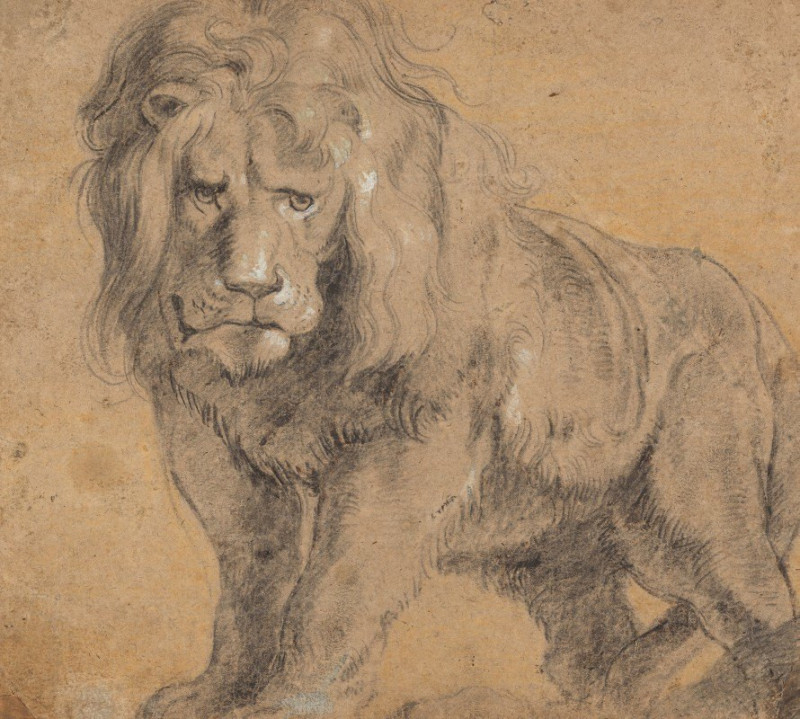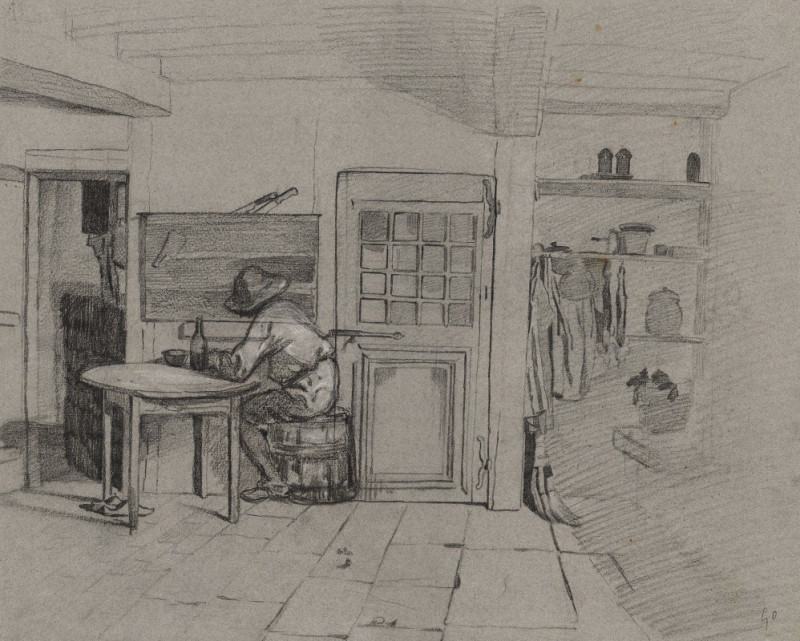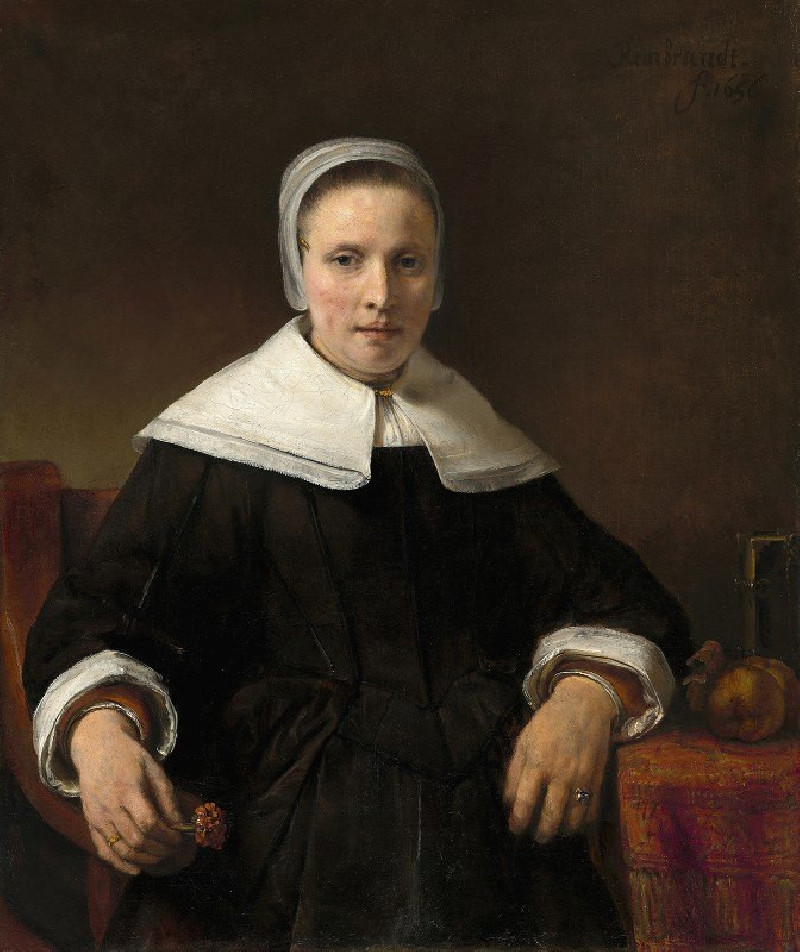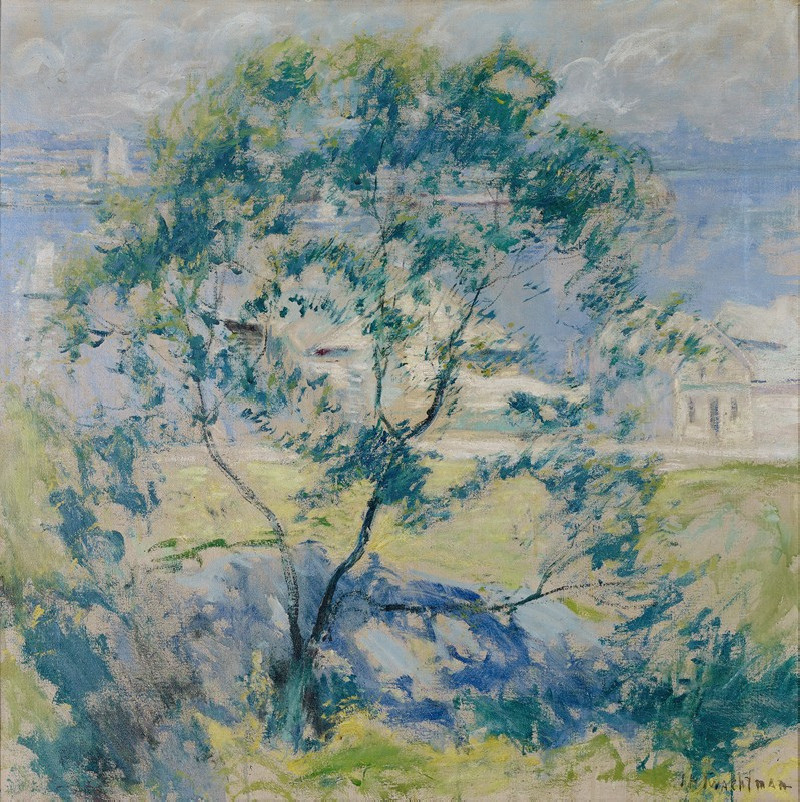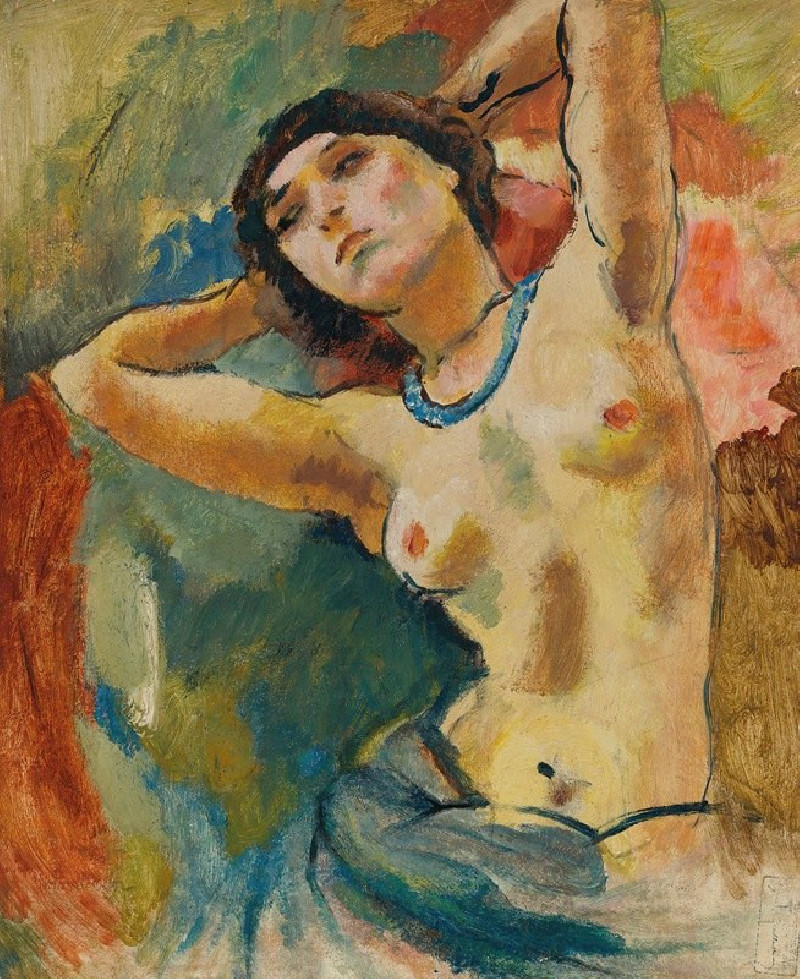Young Man in Velvet Cap with Books beside Him (1637)
Technique: Giclée quality print
Recommended by our customers
More about this artwork
Rembrandt van Rijn's etching, "Young Man in Velvet Cap with Books beside Him" (1637), encapsulates the artist's mastery in capturing human essence and emotion through the medium of print. This artwork, crafted in the heart of the 17th century, reveals a pensive young man adorned in a large, plush velvet cap, his gaze introspective and slightly downward, suggesting a moment of contemplation or study.The young man's attire, richly textured with what appears to be fur and intricate fabric, underscores the fashion typical of Rembrandt's era, adding a tactile dimension to the print. Beside him, partially visible books suggest a scholarly or intellectual context, hinting at the pursuits or interests of the individual. Rembrandt's skillful use of light and shadow not only enhances the three-dimensionality of the figure but also contributes to the overall mood of introspection and quietude.This etching is a prime example of Rembrandt’s exploration of character and state of mind, demonstrating his unparalleled ability to infuse prints with depth of emotion and personality.
Delivery
Returns
Rembrandt Harmenszoon van Rijn was a Dutch draughtsman, painter, and printmaker. An innovative and prolific master in three media, he is generally considered one of the greatest visual artists in the history of art and the most important in Dutch art history. Unlike most Dutch masters of the 17th century, Rembrandt's works depict a wide range of style and subject matter, from portraits and self-portraits to landscapes, genre scenes, allegorical and historical scenes, and biblical and mythological themes as well as animal studies.

